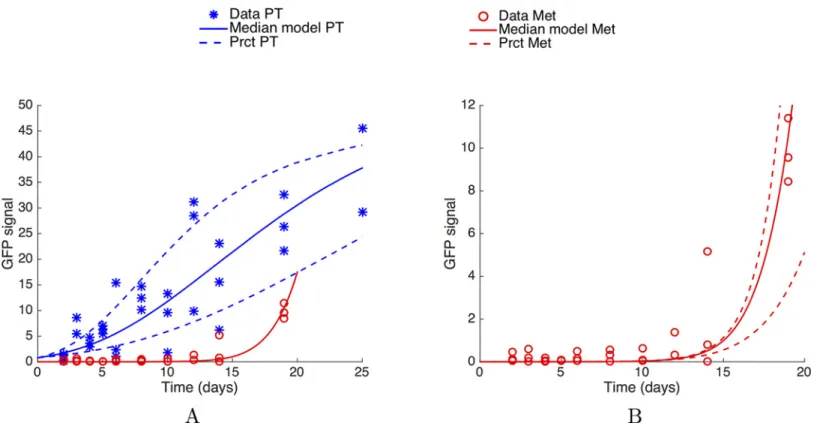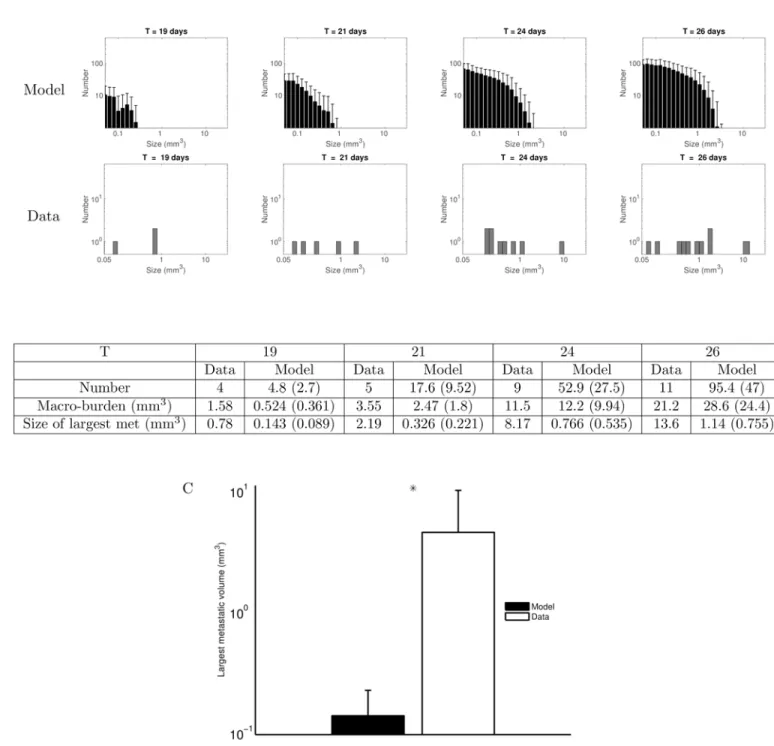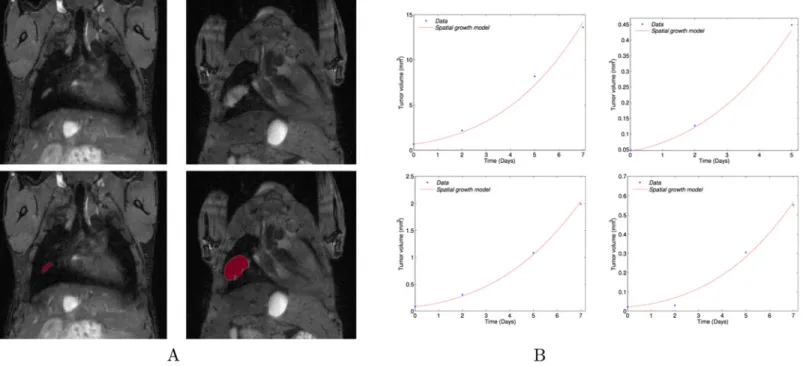Computational Modelling of Metastasis Development in Renal Cell Carcinoma
Texte intégral
Figure




Documents relatifs
Indeed, since a link between leukemia and hematopoietic stem cells showing the first cases of cancer stem cells had only been proven in the late 1990’s [66], it appeared natural to
L’archive ouverte pluridisciplinaire HAL, est destinée au dépôt et à la diffusion de documents scientifiques de niveau recherche, publiés ou non, émanant des
Both ideas, a learning pathway ranging from mental models to a theoretical model, and the construction of the models by the students themselves, come together in what could be
We have found that miR-542-5p was associated with longer TTBM and TTMOTB, inversely correlated with the mRNA expression of genes involved in BM (CD44, CXCR4, RUNX2 and TCF7)
Here we investigated the potential prometastatic role of Lim1 in advanced CCC (1) in vitro using a panel of CCC cell lines expressing or not the von Hippel-Lindau (VHL)
Chapter 2 presents the principles of the functions involved in the computation of the contextual information provided to vehicle ADAS or autonomous driving functions, namely
The present study was designed first, to determine whether angptl4 mRNA expression is a useful marker of ccRCC in a large and comprehensive retrospective series of primary
This generic model is not aimed to be patient specific, but to understand the force transfer mechanisms between the rigid parts of the knee brace and the joint through



